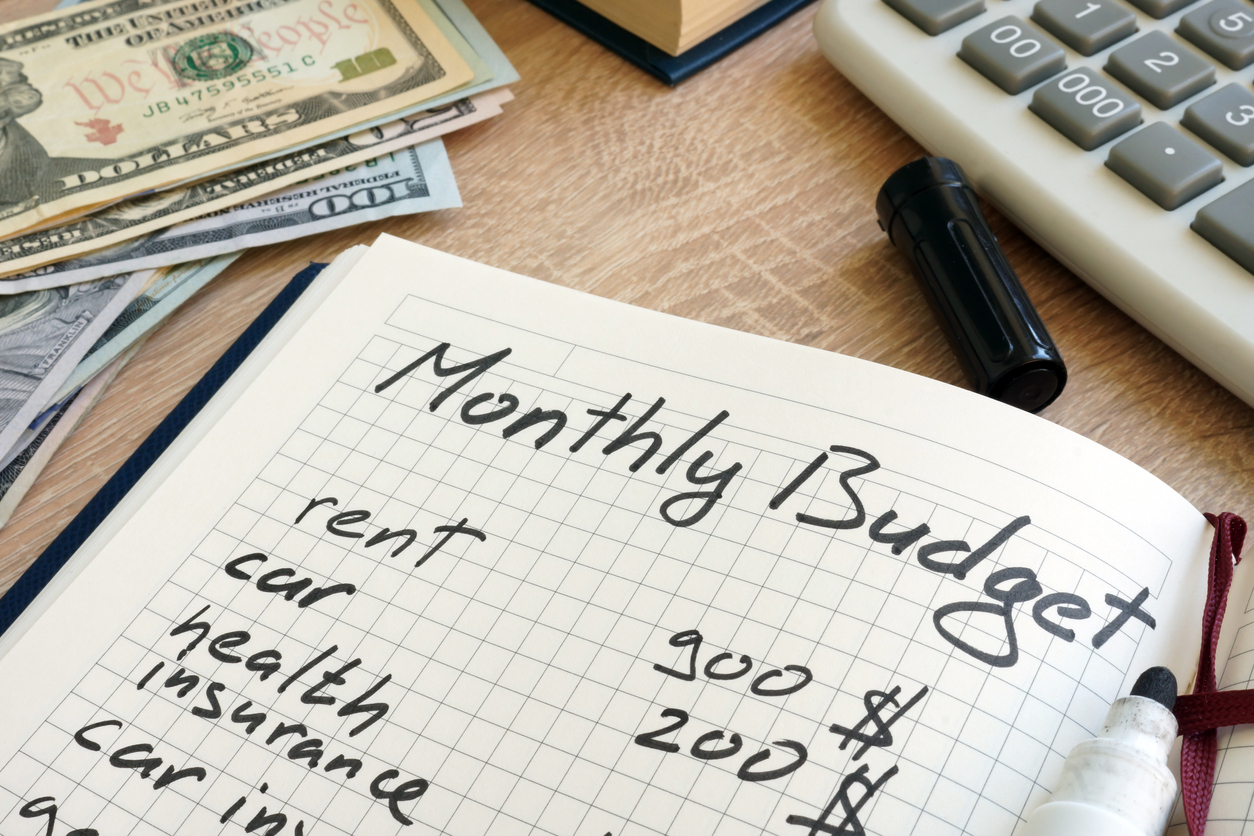Current Financial Issues Facing U.S. Consumers
As economic conditions evolve, U.S. consumers face a range of financial challenges. From rising costs and debt to employment uncertainties, these issues are shaping spending behaviors, investment strategies, and financial health. Here’s a look at some of the most pressing financial concerns affecting consumers today:
1. Rising Interest Rates and Credit Costs
The Federal Reserve’s recent interest rate hikes have had far-reaching effects on consumer borrowing. Higher rates translate to increased costs for mortgages, credit cards, auto loans, and other forms of consumer credit. As a result, Americans are paying more to borrow, which reduces disposable income and dampens spending power. The increased cost of credit has become a significant financial burden, particularly for households with variable-rate debts, such as credit cards and adjustable-rate mortgages. Strategies for Managing Rising Credit Costs
2. Persistent Inflation in Essentials
While inflation has shown signs of stabilizing in some areas, essential goods and services—such as food, healthcare, and utilities—remain costly. For many families, the rising price of these everyday items continues to erode purchasing power, making it harder to manage monthly budgets. Even as wage growth has improved, it hasn’t kept up with the rising cost of essentials, which has left many Americans with tighter budgets and fewer opportunities to save or invest. Personal Strategies for Coping with Rising Costs
3. Layoffs and Job Market Uncertainty
Several sectors, particularly tech, have experienced rounds of layoffs recently, creating uncertainty in the job market. Although the overall unemployment rate remains relatively low, the potential for further job instability has caused anxiety among consumers, particularly those in industries affected by automation and outsourcing. This job market volatility impacts consumer confidence and spending, as individuals may cut back on nonessential purchases to safeguard against potential future financial instability.
4. High Consumer Debt Levels
Consumer debt levels in the U.S. are at historic highs, with credit card balances reaching record numbers. Many consumers are struggling to pay down this debt as higher interest rates increase monthly payments. The rising debt burden is leading to financial stress, with more households directing income toward debt repayment rather than savings or discretionary spending. As consumers prioritize debt reduction, this shift is expected to have a broader impact on economic growth, particularly in consumer-driven sectors like retail and hospitality.
5. Housing Affordability
The cost of housing continues to challenge American families, with both home prices and rental rates increasing across the country. For prospective homebuyers, rising mortgage rates and limited housing inventory have created a challenging market, making homeownership less accessible for many. Renters, too, are feeling the squeeze, with rental rates often rising faster than wages. This housing affordability crisis is particularly severe in metropolitan areas, where the demand for housing far exceeds supply, leading to high rental costs and a competitive real estate market.
6. Bankruptcies and Retail Closures
Recent bankruptcies and restructuring efforts by well-known brands, including The Container Store and TGI Fridays, highlight a trend of financial instability within the retail and restaurant sectors. These closures reduce consumer options, particularly in mid-sized markets, and have the added effect of cutting jobs. For consumers, these closures can limit choices and convenience, while communities may experience economic ripple effects as businesses shut down and local employment opportunities diminish.
7. Election-Related Economic Optimism and Shifts in Policy
With Donald Trump’s recent election win, there is a renewed sense of economic optimism, particularly in industries that expect benefits from potential tax cuts and deregulation. Policies focused on reducing business regulations and offering tax relief have buoyed sectors like energy, manufacturing, and finance, where the expectation of lighter regulatory oversight has led to increased business confidence. However, there are also concerns among consumers and businesses regarding potential changes in trade policies, healthcare, and social programs. These anticipated shifts have created a mixed economic outlook, with some sectors expecting growth and others bracing for potential disruptions.










